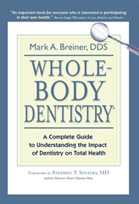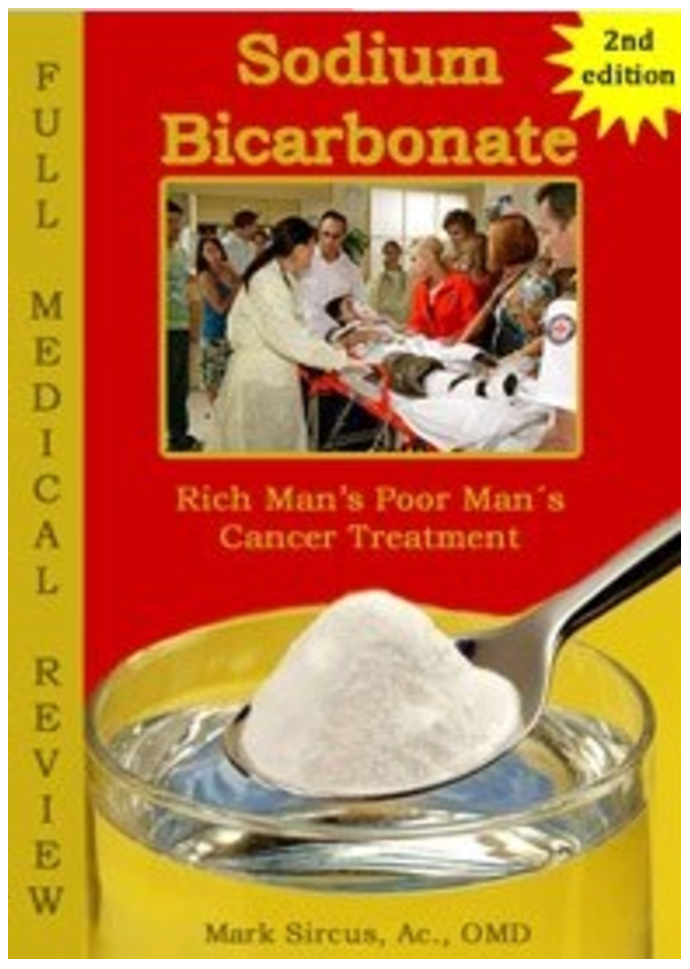 I was listening to a replay of The Power Hour internet radio show today and was very pleasantly surprised to hear my own dentist, Mark Breiner of Whole-Body Dentistry in Trumbull, CT as a guest on the show. He is a holistic dentist who doesn’t use mercury, fluoride or BPA.
I was listening to a replay of The Power Hour internet radio show today and was very pleasantly surprised to hear my own dentist, Mark Breiner of Whole-Body Dentistry in Trumbull, CT as a guest on the show. He is a holistic dentist who doesn’t use mercury, fluoride or BPA.
While listening to the show, I realized that my sons and I are extremely fortunate to have him as our dentist. Not only is he an IAOMT dentist who safely removes mercury fillings, but he also looks at how the health of the body is in relation to the teeth.
He looks at things from an energetic perspective. Each tooth sits on a particular acupuncture meridian, so an unhealthy tooth can affect the systems and organs related to that meridian.
In addition, mercury fillings, because they are metal, affect the electrical energy along that meridian. I remember when I first went to see Dr. Breiner. He measured the voltage, current and power of each mercury filling, and it was very disturbing to me to know that there was a significant amount of each coming from each filling.
Dr. Breiner also practices homeopathy as a means of helping the body detoxify from the mercury, as well as from other toxins lurking in the body.
He’s written a fantastic book, “Whole Body Dentistry: A Complete Guide to Understanding the Impact of Dentistry on Total Health,” that explains his perspective.
You can listen to the replay of the show here and here. We are fortunate indeed!
 You might not know that there are a lot of potential hazards in your local drinking water. The Environmental Working Group recently published a report, “
You might not know that there are a lot of potential hazards in your local drinking water. The Environmental Working Group recently published a report, “
 I’m sorry to say that most people just don’t know this. I didn’t either, despite the fact that it was published by the Environmental Working Group (EWG) in 2005, the year my older son was born.
I’m sorry to say that most people just don’t know this. I didn’t either, despite the fact that it was published by the Environmental Working Group (EWG) in 2005, the year my older son was born. I have to say, I was fascinated with the material in Dr. Mark Sircus’ book, “Sodium Bicarbonate: Rich Man’s, Poor Man’s Cancer Treatment” because it provides a fundamental framework for understanding the nature of disease: that chronic health conditions and diseases arise from an acidic state of the body.
I have to say, I was fascinated with the material in Dr. Mark Sircus’ book, “Sodium Bicarbonate: Rich Man’s, Poor Man’s Cancer Treatment” because it provides a fundamental framework for understanding the nature of disease: that chronic health conditions and diseases arise from an acidic state of the body. You may or may not know my personal recovery story. I have recovered my 2 sons, now ages 5 and 7, from sensory processing disorder (SPD), asthma, allergies, acid reflux and eczema with a biomedical approach, which means correcting nutritional and hormonal deficiencies, removing toxicities and correcting gut dysbiosis.
You may or may not know my personal recovery story. I have recovered my 2 sons, now ages 5 and 7, from sensory processing disorder (SPD), asthma, allergies, acid reflux and eczema with a biomedical approach, which means correcting nutritional and hormonal deficiencies, removing toxicities and correcting gut dysbiosis. My husband bought me a copy of Gwyneth Paltrow’s cookbook, “
My husband bought me a copy of Gwyneth Paltrow’s cookbook, “ I’ve been chelating to remove heavy metals for a while now. I had myself retested back in January 2011, and my levels of heavy metals had declined significantly.
I’ve been chelating to remove heavy metals for a while now. I had myself retested back in January 2011, and my levels of heavy metals had declined significantly. Yet more research is coming to light about the damaging effects of heavy metals. A
Yet more research is coming to light about the damaging effects of heavy metals. A  My Children: Recovered from Sensory Processing Disorder, Acid Reflux, Asthma and Eczema, and getting healthier everyday!
My Children: Recovered from Sensory Processing Disorder, Acid Reflux, Asthma and Eczema, and getting healthier everyday!

